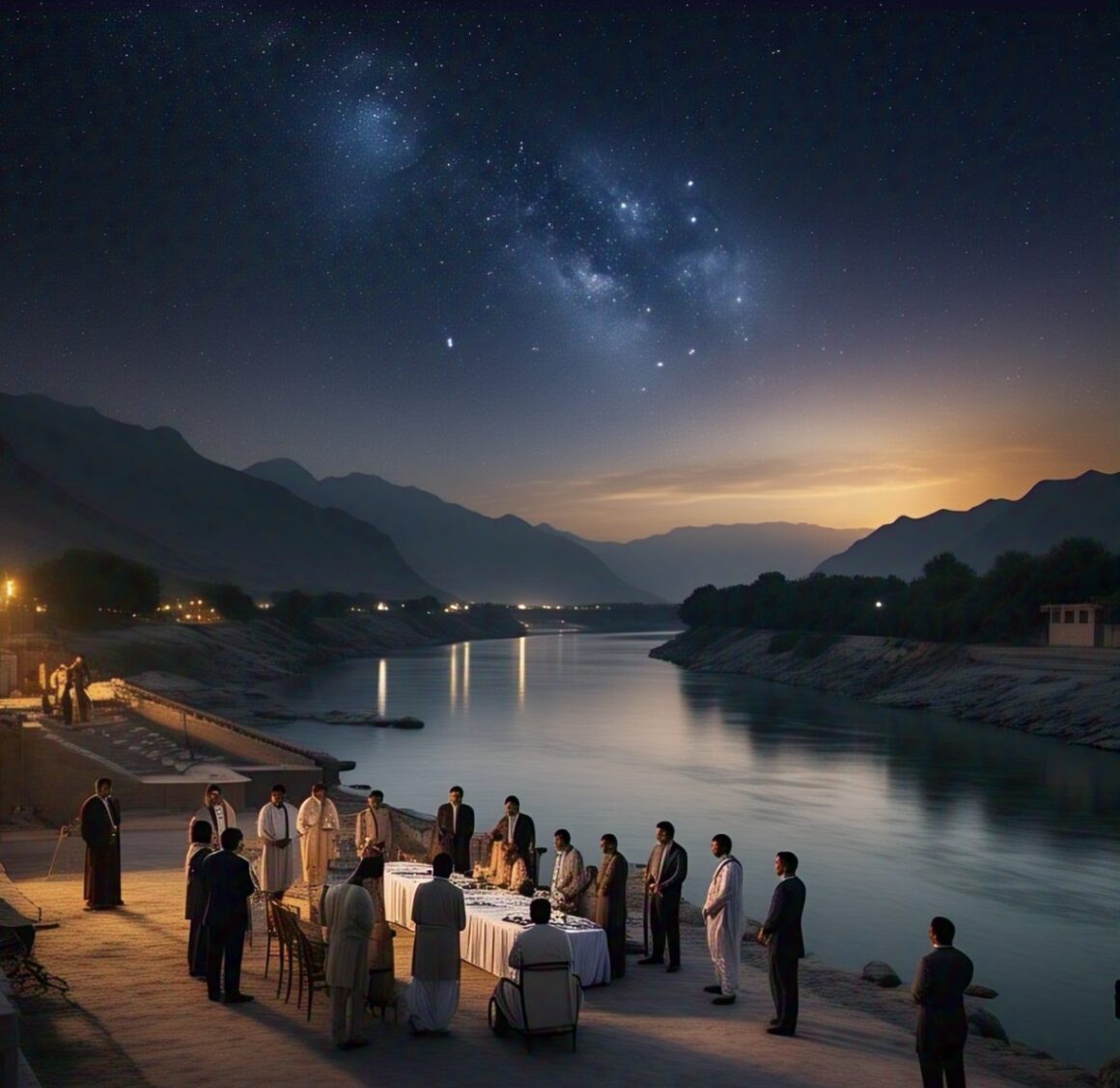Let’s not sugar-coat it: South Asia is sitting on a time bomb, and it’s not just nuclear or political — it’s blue and flowing. Water, the very essence of life, is now on the brink of becoming the next big reason for war in our region. And the tragedy?
Honestly, I thought the Indus Waters Treaty was just one of those boring textbook topics. But in 2025, it’s crashing back into our lives—and this time, it’s not academic. It’s a crisis.
A Treaty Hanging by a Thread
Back in 1960, when Pakistan and India agreed to the Indus Waters Treaty (IWT) under the watchful eye of the World Bank, the world celebrated a rare diplomatic success. Despite wars, tensions, and bloodshed, this treaty held up — just barely — through it all.
Under the agreement, Pakistan was given rights to the western rivers (Indus, Jhelum, Chenab), while India got the eastern ones (Ravi, Beas, Sutlej). It wasn’t perfect, but it worked. For over six decades, water flowed, crops grew, and millions survived.
But survival doesn’t always mean stability.
Then came the Pahalgam attack in early 2025, a tragedy that claimed 26 lives in Kashmir. India, pointing fingers at Pakistan for harbouring militants, unilaterally suspended the treaty — cutting off data sharing, halting inspections, and hinting at long-term dam construction.
To Pakistan, this wasn’t just aggressive diplomacy. It was an existential threat. After all, 90% of our agriculture depends on that water, and agriculture isn’t just food — it’s economy, employment, and survival.
It’s Not Just About India and Pakistan Anymore
If you’re thinking, “This is just another India-Pakistan standoff,” I hate to break it to you — the chessboard is bigger now.
China sits quietly at the top of this water pyramid. Most people forget (or don’t even know) that Tibet’s glaciers feed both the Indus and the Brahmaputra, rivers that flow into Pakistan and India respectively. And unlike India and Pakistan, China isn’t bound by any treaty.
So when China builds a dam in Tibet — and it’s building many — it can theoretically control how much water flows downstream. The Senge Tsangpo dam, for example, could impact not only India but also Pakistan in the long run.
And let’s not even get started on the 60-gigawatt Motuo Dam project on the Brahmaputra. If that thing goes online, India’s northeast — already fragile — might face a hydrological nightmare.
Climate Change: The Unseen Enemy
While these political games play out, the Himalayas are melting — literally. Glaciers in the region have been shrinking 65% faster over the last decade. That’s not some future doomsday stat. It’s happening right now, and it means less water in the long term for everyone.
And when water becomes scarce, desperation takes over. Farmers lose crops. Cities dry up. And governments? They react. Sometimes rationally, often not.
Can We Afford to Be This Short-Sighted?
Let me ask you this: What happens when two nuclear-armed countries fight over something as basic as water?
The truth is, we don’t have a Plan B. No updated treaty. No China-India water agreement. No shared climate resilience framework. Just old documents and rising temperatures.
India may believe it can leverage water as a strategic tool, but in doing so, it’s playing with fire — because destabilizing Pakistan’s water security might lead to regional collapse, not just economic but ecological. And Pakistan, cornered and desperate, might just lash out in ways no one wants to imagine.
What Needs to Happen Now
We need new conversations, not just between India and Pakistan, but with China too. We need climate scientists, engineers, diplomats, and yes — farmers — at the same table. Because this isn’t just about borders and pipelines anymore. This is about survival.
We need to shift from zero-sum thinking to shared stewardship. Because water, unlike oil or territory, doesn’t stay in one place. It flows. It connects. It nourishes. Or it drowns.
Final Thoughts
Sometimes I wonder — what will it take for us to act? Another dam burst? Another flood wiping out a city? Or maybe the day when a mother in Sindh walks 12 kilometres and still comes home with an empty pot?
We can’t afford that day. Not when the answer is already in front of us: dialogue, diplomacy, and climate-aware cooperation.


Leave a Reply